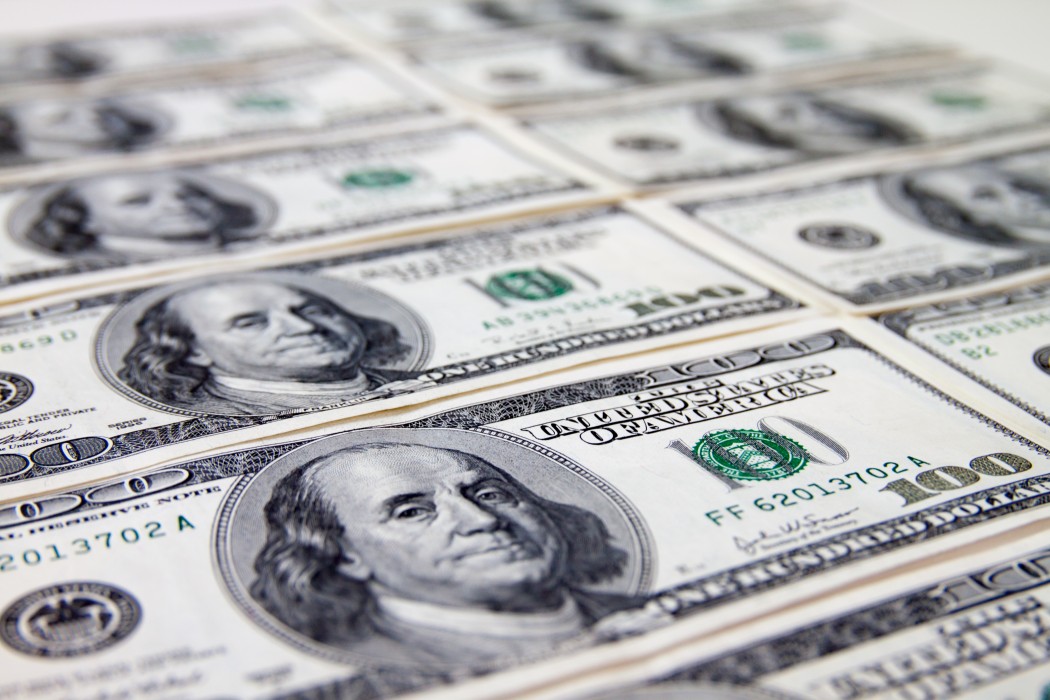Interest rates are a policy tool, a signal, and, most fundamentally, a price: the price for tomorrow’s money, today. As with any other prices, there are interesting distortions when they are at or below zero, and particular conditions that must be met for transactions to occur when they are negative. Think of electricity, which occasionally trades at negative prices during off-peak hours for two reasons: the cost to shut-down and start-up large power plants is high, and power companies have limited ability to store excess electricity.
The global experience with negative interest rates, which have enjoyed an unprecedented spread, tests the boundaries of conventional theory and is prompting interesting discussions on how far rates can fall and what can be done to further depress this lower boundary.
As a policy tool, interest rates have been one of the primary channels of monetary policy since the advent of the modern central bank in the early 20th century. The theoretical underpinning is simple: when interest rates are lowered in a recession, the price of money today has fallen relative to tomorrow, encouraging people and companies to borrow and spend, which boosts demand and output. Since the 2008 financial crisis, central bankers have enthusiastically embraced this policy; by mid 2009, rates were at near zero in Europe, Canada, and the United States. Then, as global recovery slowed and Europe came under increasing economic stress, rates broke through zero. The European Central Bank (ECB) was the first to implement negative rates, cutting their deposit rate to -0.01% on June 11, 2014. In the ensuing year and a half, negative rates have gone from unthinkable to relatively commonplace. As of February 2016, $2.35 trillion of global government debt has negative interest yields, 80% of that from European governments. Switzerland currently holds the lowest central bank policy rate, at -0.75%. The Bank of Japan’s decision in January to adopt a negative policy rate makes it only the newest member of a growing club.
| The past 10 years of 3-Month LIBOR for Swiss francs (CHF), US dollars (USD), British pounds (GBP), and euros (EUR)
Source: The Federal Reserve Bank of St. Louis |
The pervasiveness of negative interest rate policies is perplexing as it flies in the face of the conventional wisdom that nominal interest rates have a hard lower boundary: the zero lower bound. Physical currency offers a guaranteed nominal return of zero and so, the thinking goes, if interest rates dropped below zero savers would hold their money in cash rather than lend it at a negative rate. This boundary is the limit below which monetary policy loses its effectiveness. If businesses respond to rate cuts by spending their excess cash or taking on more debt, the policy has accomplished its goal; if they instead withdraw their cash and store it, the policy is a failure. The idea is to get money flowing to boost spending, and storing physical currency has the opposite effect.
So, why would anyone tolerate lending out money at a negative rate? In short, cash is costly to store. Large financial institutions, money managers, and corporations have a need for high quality cash-like assets in both the short and long term. Physical currency has storage costs (bank vaults, safes, armoured trucks) and is not suitable for all of the transactional purposes that some businesses require. This leaves companies and banks no choice but to pay for the privilege of holding cash-substitutes.
However, this argument may not hold the same weight for individual (retail) banking customers; the costs of storing cash under the mattress is a smaller burden for those with modest accounts. Indeed, banks have so far been reluctant to pass on their reduced lending rates to retail depositors. With the exception of Alternative Bank Schweiz, a small Swiss bank which is charging -0.125% on deposits, no bank has yet imposed negative rates on retail customers. This friction between the negative rate banks are getting on their excess reserves and the zero rate they are paying depositors reduces the effectiveness of further changes to monetary policy and is having a significantly negative impact on the profitability of European banks.
Surprisingly, retail clients have faced the consequences of negative interest rates more directly on the borrowing side. In Europe, some floating rate residential mortgage contracts established before the financial crisis gave borrowers rates as low as Euribor (an interbank rate benchmark denominated in euros) less 1.1%. A fall in European rates has resulted in some homeowners receiving monthly reduction on their principal rather than interest charges!
As negative rates have persevered in defiance of the zero lower bound, policymakers and pundits are now questioning the scope of further rate cuts before reaching a hard lower boundary. While banks, businesses, and individuals have shown tolerance of the so-far modestly negative rates it is unclear how low rates could go before further cuts would lose their effectiveness as a policy tool, that is: the effective lower bound. When Mario Draghi, president of the ECB, cut Eurozone rates by 10 basis points to -0.20% in September 2014 he declared: “now we are at the lower bound, where technical adjustments are not going to be possible any longer”. However, a year later Draghi reassessed his position and the ECB cut rates again in December 2015 and March 2016, leaving the deposit rate at -0.4%. The experience of smaller European economies, like Switzerland, Denmark, and Sweden, with rates nearing -1% shows that the position of the effective lower bound is far from clear.
Some economists argue that with minor changes to our economic system central banks could circumvent any lower boundary and impose arbitrarily low interest rates. They advocate for ways to eliminate the arbitrage-opportunity of earning zero interest on hard cash, sometimes going as far as to discuss the eradication of paper currency altogether. One intriguing suggestion from economists Gregory Mankiw of Harvard and Miles Kimball of the University of Michigan is to impose an exchange rate between physical currency and bank deposits. Essentially, if banks imposed a discount for the withdraw or deposit of paper currency (for example, withdrawing $105 from your account would get you $100 in cash) it would remove the relative attraction of cash storage over bank-deposits at any interest rate.
An implicit assumption behind these arguments is that the transactional value of cash is falling. With the universality of electronic transfers in business and finance, and a surge in consumer e-pay systems (Apple Pay, Google Wallet, Stripe, Square), paper cash is increasingly obsolete. The average consumer uses cash only for small payments; physical currency makes up 40% of US consumer purchases but accounts for just 14% of purchases by value. Essentially, economists would like to segment the uses of cash to target the use of cash as a store of value without impacting its utility for consumer purchases. One way to accomplish this is to restrict or eliminate large-denomination bank notes. The corresponding increase in storage costs would lower the effective lower bound, yet would have little impact on consumers, who don’t have much of a need for large bills. The existence of high denomination notes has a significant impact on storage costs. Consider a comparison between three currencies: the euro, the US dollar, and the British pound, whose largest bills are €500, $100, and £50 respectively. Compared to euros, storing the equivalent of one billion USD takes four times as much space in dollars and seven times the space in pounds.
Such notes are in high demand. The $100 bill makes up nearly 80% of the value of circulating US cash, while the €500 note makes up roughly 30% of the value of circulating euros. As large bank notes have little utility for the average consumer, the demand for them is spurred primarily by their utility in crime and tax evasion, as a store of value, or as a medium of exchange in foreign countries. Policymakers see the end of large-denomination bank notes as a way to not only facilitate monetary policy, but also to clamp down on the so called shadow economy: raising tax revenues and making crime more difficult. For this reason, the ECB has recently announced that they are considering eliminating the €500 bill. In addition, former US Treasury Secretary Larry Summers has called for a global agreement to cease the issuance of banknotes with values of over $100 USD.
While phasing out physical currency or increasing storage costs of paper cash would perhaps lower the effective lower bound, some think it wouldn’t necessarily allow for arbitrarily low rates. The University of Chicago’s John Cochrane and the New York Fed’s James McAndrews have both argued that if rates drop too far below zero, people will take advantage of prepayment of taxes or utilities and use barter systems like gift cards to store money at an effective rate of zero. Removing these opportunities, they claim, would require a dramatic change of institutions and represent a large political and legal challenge.
The increasing reliance of many facets of our lives, from communication to transportation to education, on electronic and online systems of payment has left us in a position where an institutionalized disfavour towards physical cash is not unthinkable. As the dramatic shift in the monetary policy paradigm over the last five years has left policymakers backed up against the effective lower bound, it’s no wonder economists are searching for ways to continue to fulfill their monetary-policy mandate as the world becomes normalized to negative rates. While we can continue to hope for a global recovery that will render further rate cuts unnecessary, improving the efficacy of monetary policy is an important discussion for the interim.









